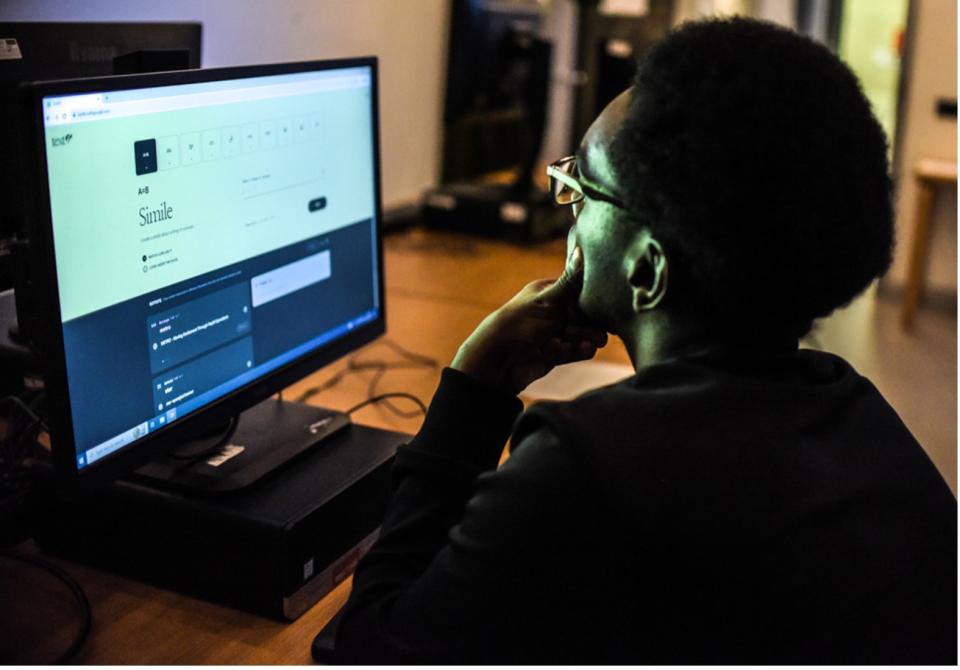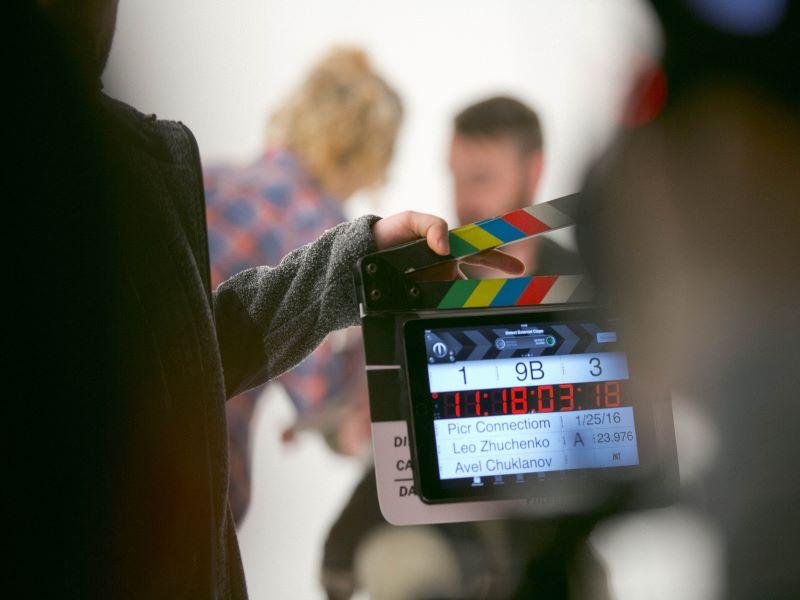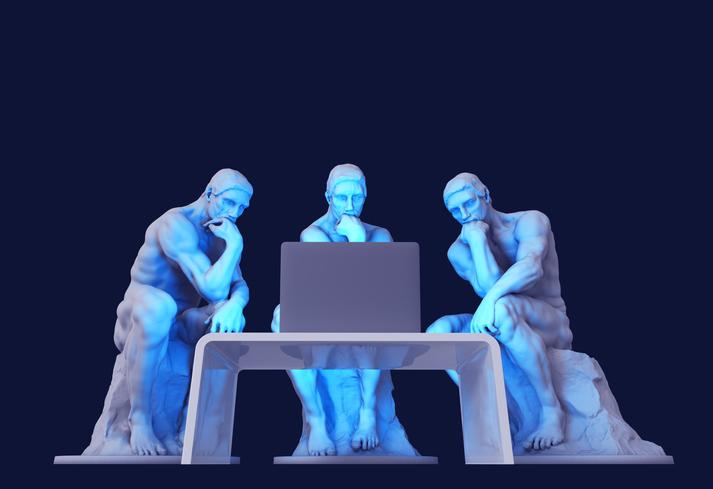Deep-learning technologies and generative AI models have gone from technical niche to hot topic. Language tools such as ChatGPT and Meta’s LLaMA, alongside image generators like DALL-E and Midjourney, are among the most talked-about technologies being used by our students. However, their formal integration into UK creative arts programmes remains limited.
The latest advances in AI should be contextualised within broader trends of access and opportunities, relating to a range of social, technological and demographic factors. A significant shift is under way in the very fabric of future learning. It is this fast-approaching future that higher education must take part in actively. One approach is to work with the technology ourselves and recognise the need to engage with the next generation of students before they enter our institutions.
- Collection: AI transformers like ChatGPT are here, so what next?
- How to foster a start-up mindset in your students
- Universities need to get better at using Instagram – here’s how
Educators should engage with AI not just as users but as influencers, understanding its functions and the intentions behind AI tools, and aligning them with educational goals. This involves a continuous process of social experimentation and adjustment. The adaptation of creative arts programmes through AI involves two critical principles:
- Widening the public conversation: Universities must enable a broader, more inclusive array of constituents to access AI and have a stake in the public conversation. They can create opportunities for more bottom-up approaches, enabling skills and giving voice to the next generation’s thoughts, understanding, trust and experience of AI while informing their own practices.
- Learning the machine, learning to learn: Universities need to commit to young people’s creative and professional futures, as these will be shaped by the new technologies. They should plan swiftly and deliver the physical and virtual infrastructures required for the high-level, agile meta-learning that young people need.
As an initial response to this landscape, we have developed AI-informed approaches that we refer to as “learning the machine”. We speak with students directly about the experience with AI tools and applications, feeding this back into a more engaged process of learning. The aim is to rapidly develop and test new ways of teaching and learning in creative arts programmes and related creative domains. Learning the machine is not mere semantics but optimistically calls for a deeper critical and practical engagement with new technologies. Learning through making enables a more critical, productive approach.
Demis Hassabis, CEO of Google DeepMind, advises young people, especially those aged 16 to 25, on the importance of meta-skills like “learning to learn” for future careers. He highlights the need for agility in integrating new tools with existing skills. Our method involves cultivating these meta-skills by using AI tools practically in classrooms and community workshops, including a project with Tate Britain (see below). This is particularly aimed at reaching young individuals who are either still in school or are not typically engaged in higher education but who are equally part of the generation who will be most impacted by, and “native” to, a burgeoning AI ecosystem.
Learning the machine means first accessing new technologies. It means a free-form approach to social and experiential learning; it means opportunities for robust and inclusive debate, based on findings having used the new software and tools. Learning the machine means observing the benefits and limitations of these tools first-hand. It allows for reflection on one’s own interests, needs and desires. Overall, testing and establishing new social conditions or situations of bringing people together to learn when working with young people enables new insights for rethinking the art school of the future.

We have developed this approach with Tate in the context of Tate Britain’s Taylor Digital Studio. Working alongside coders, facilitators and researchers, for example, through co-curated experimentation, creative practice and discussion, we witness the younger generation as active agents, navigating an emerging AI realm with respect to their everyday lives. Through this work we have been supporting Tate’s future strategy for capability building and equally questioning the conditions for change in the university setting.
Universities need to ensure better social spaces for learning – spaces that are agile technologically (not locked down by legacy systems or static hardware). These spaces should be flexible, socially inviting and therefore more conducive to being/working together, allowing young people to test ideas, solve problems and advance an understanding of AI tools’ impact on their daily lives.
Institutional responses and policies regarding generative AI are lacking or too hasty. Within the university setting, the approach tends to be top down, focusing on mitigating risk and warning against the threats to academic integrity. What is missing is the more bottom-up approach described here, which seeks to work collaboratively and provide hands-on experience for young people, even before they reach university.

The availability and embedding of AI tools are only increasing. Adobe’s Creative Cloud, for example, viewed as an industry standard for art and design students, directly incorporates advanced AI plugins. These kinds of tools are already shaping the future workplace. Early access to industry applications alongside a wider array of developmental tools is not only empowering for young individuals and community groups, it is critical.
Learning the machine is not just advisable, it is foundational.
Ed D’Souza is professor of critical practice and Sunil Manghani is professor of theory, practice and critique at Winchester School of Art at the University of Southampton. Both are members of the Alan Turing Institute’s AI & Arts interest group.
If you would like advice and insight from academics and university staff delivered direct to your inbox each week, sign up for the Campus newsletter.




comment